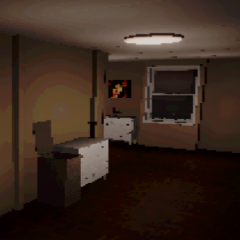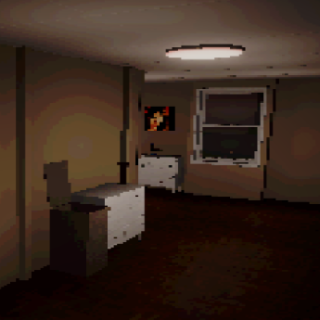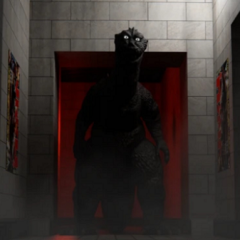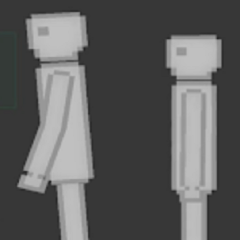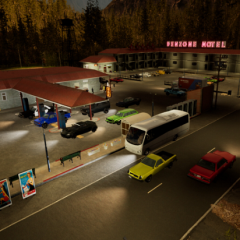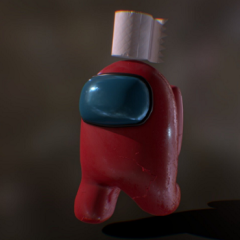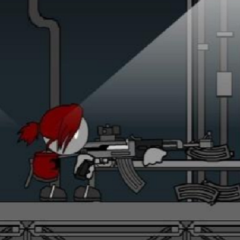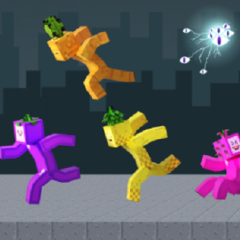Silent Residence is a first-person narrative game that takes place entirely within a single residential building. The story follows Harry, a man dealing with schizophrenia and dissociation. As he moves through the corridors and rooms of his home, everyday routines become unreliable. Conversations feel strange, objects appear and disappear, and familiar locations seem subtly altered. The game doesn’t present a clear task—instead, the goal is simply to continue existing in a world that is no longer stable. The design relies on atmosphere and interpretation rather than challenge or progression.
Structure and perspective
The player explores the environment using basic controls. There are no weapons, no inventory, and no combat. Interactions are limited to walking, looking, and triggering events by reaching certain points or speaking to other characters. These neighbors sometimes respond clearly, and other times seem disconnected from the present moment. As the player moves deeper into the experience, it becomes more difficult to tell which events are actually happening. Spaces loop, doors open into the wrong rooms, and sound cues play without explanation. This subtle disorientation forms the basis of the experience.
Psychological focus and gradual change
Rather than showing horror directly, Silent Residence uses slow visual shifts and ambient audio to show how reality unravels for the main character. Items on shelves might vanish between glances. Lighting changes with no visible source. The hallway might seem slightly longer each time it’s crossed. These techniques simulate the inner confusion of someone losing trust in what they see and hear. The pacing remains slow throughout, with no jumpscares or sudden threats—only the steady breakdown of order and pattern.
Key components of Silent Residence:
· Exploration inside a single building with no level changes
· Focus on mental instability instead of external danger
· Conversations with characters that may not be real
· Environmental loops and object disappearance
· A minimal interface that supports immersion
Each part of the game reinforces the sense of isolation and internal struggle.
Presentation and response
Silent Residence is available for Windows and has a short runtime, making it accessible for players interested in psychological storytelling. The game uses lo-fi graphics and subtle audio design to support its themes. Reviews often mention the quiet nature of the game and the effectiveness of its slow tension. Players describe feeling unease not from violence or fear, but from uncertainty. It offers a personal view into a mind affected by distortion, and by placing the player inside that world, it creates a reflective and lasting experience.

